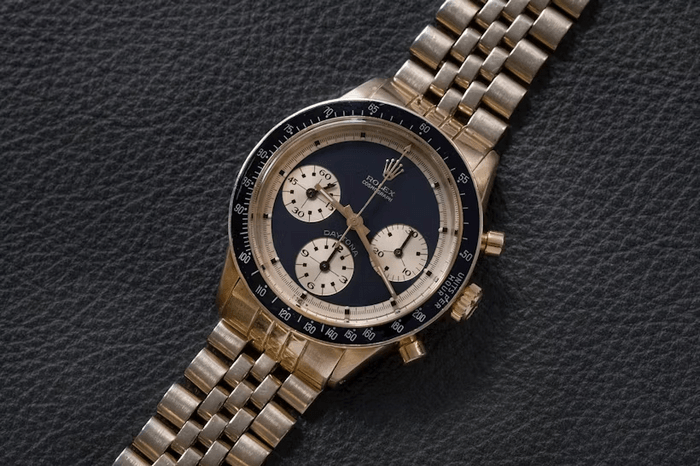Recent data indicates a notable drop in the demand for high-end Swiss watches, including renowned brands like Rolex and TAG Heuer. For the second time in three years, monthly exports of these luxury timepieces have declined, primarily driven by a significant drop in deliveries to Greater China and Hong Kong.
Key Figures
Export Decline: The Federation of the Swiss Watch Industry reports a 3.8% decrease in Swiss watch exports for February. This follows over two years of consistent growth in the sector.
Production Drop: The number of watches shipped to Switzerland fell by 5.2%, totaling 1.2 million units.
Regional Impact: Deliveries to Greater China and Hong Kong saw drastic reductions—25.4% and 19% declines, respectively.
Market Trends
1. Chinese and Hong Kong Markets: The sharp downturn in these regions is a significant contributor to the overall export decline. Both markets have historically been major consumers of luxury watches, making their reduced demand a critical concern for the industry.
2. European Markets: Performance in Europe has also been mixed. While the United Kingdom experienced a modest 2.1% drop, the Netherlands saw a substantial 16.8% decrease in watch exports.
3. Other Key Markets: Despite the downturn in China and Hong Kong, other markets such as the United States, Japan, Singapore, the United Arab Emirates, and France showed positive growth. However, this growth was insufficient to balance out the losses from the aforementioned regions.
Economic Impact
The decline in luxury watch sales reflects broader trends in the luxury goods sector. Economic uncertainties and shifting consumer priorities have led to reduced spending on high-ticket items. For instance:
Watches of Switzerland: The retailer has revised its revenue forecast downward, now expecting between £1.53 billion and £1.55 billion for the year, down from the previously anticipated £1.65-£1.70 billion.
Burberry: The British fashion house has also adjusted its profit guidance, citing decreased demand for luxury goods.
Broader Implications
The slowdown in China’s economic recovery post-pandemic has dampened luxury consumption. Analysts have adjusted their 2024 industry growth predictions for global luxury brands from 4% to 2%, underscoring the challenging environment for high-end retailers.
In summary, while some markets continue to perform well, the overall demand for luxury watches, particularly Rolex and TAG Heuer, has been notably impacted by reduced consumption in key regions like China and Hong Kong. This trend highlights the need for brands to adapt to evolving consumer behaviors and economic conditions.

